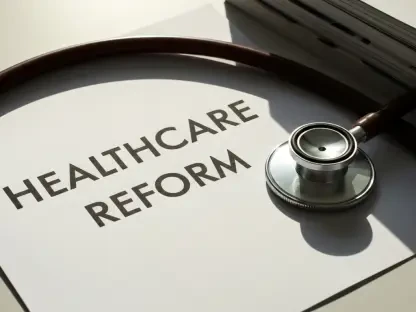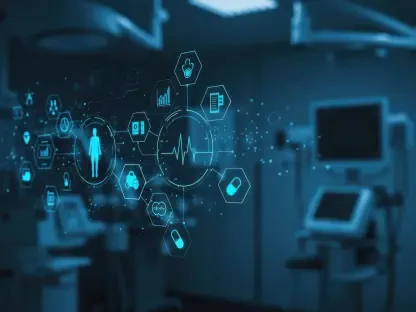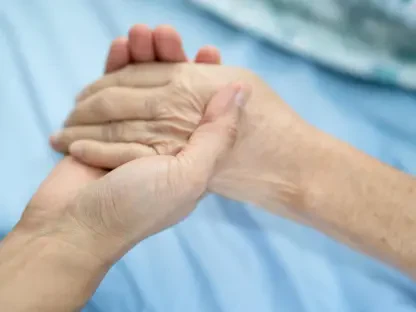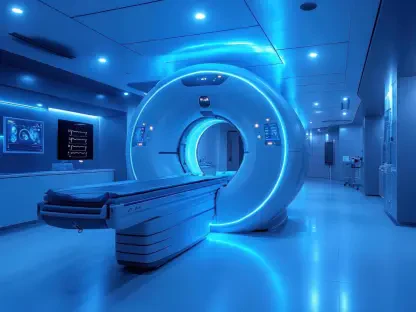Welcome to an insightful conversation with Faisal Zain, a renowned healthcare expert specializing in medical technology. With years of experience in the manufacturing of medical devices for diagnostics and treatment, Faisal brings a wealth of knowledge on innovation and security in the healthcare sector. Today, we dive into a critical issue facing rural healthcare providers—a recent data breach at a Michigan-based health system serving rural communities. Our discussion will explore the nature of the breach, the impact on patients, the response measures taken, and the broader implications for cybersecurity in healthcare.
Can you shed light on the role of rural health systems like this one in supporting communities, and the unique challenges they face in delivering care?
Rural health systems play a vital role in providing essential medical services to underserved areas. They often serve as the primary point of care for communities that lack access to larger urban hospitals, offering everything from hospital care to clinical services. The challenge lies in balancing limited resources with the need to maintain high-quality care. Cybersecurity, for instance, can be a significant hurdle because smaller systems may not have the budget for robust defenses compared to larger institutions, making them vulnerable to attacks like the one we’re discussing.
How do data breaches typically unfold in healthcare settings, based on your experience with technology in this field?
Data breaches in healthcare often start with unauthorized access to a network, either through phishing emails, malware, or exploiting outdated software. Once inside, attackers can move laterally to access sensitive data like patient records or financial information. The complexity of healthcare IT systems, which often integrate older and newer technologies, creates vulnerabilities. In many cases, it’s not immediately obvious that a breach has occurred, which delays response and containment efforts, allowing hackers more time to extract valuable data.
What kinds of personal and medical information are most at risk during these incidents, and why are they so valuable to attackers?
Typically, breaches expose data like names, dates of birth, Social Security numbers, medical histories, and even financial details such as payment card numbers. This information is incredibly valuable on the black market because it can be used for identity theft, fraudulent medical claims, or even blackmail. Medical data, in particular, is harder to change compared to a credit card number, so once it’s out there, the damage can be long-lasting for the affected individuals.
From a technical perspective, how long does it usually take to identify and fully assess the scope of a breach like this?
Identifying a breach can take weeks or even months, depending on the sophistication of the attack and the monitoring systems in place. Once detected, a forensic investigation is needed to trace the entry point, understand what was accessed, and determine the extent of the damage. This process often involves reviewing logs, analyzing network traffic, and sometimes manually inspecting files, which can stretch over several months, especially for smaller organizations with limited resources.
What immediate actions should a healthcare provider take once they detect unauthorized access to their systems?
The first step is containment—isolating affected systems to prevent further access. This might mean shutting down parts of the network or revoking credentials. Then, they should bring in cybersecurity experts to investigate and assess the breach while notifying law enforcement if necessary. Simultaneously, communication is key; even if all details aren’t clear, starting to inform affected parties and regulators helps manage the situation transparently and builds trust.
How can healthcare organizations effectively communicate with patients after a breach, especially when so many are impacted?
Effective communication starts with clarity and empathy. Sending personalized notification letters that explain what happened, what data was exposed, and what steps are being taken is crucial. Offering resources like a dedicated hotline for questions and providing clear instructions on how individuals can check if they’re affected helps ease concerns. Transparency about the timeline and ongoing efforts to resolve the issue also goes a long way in maintaining trust.
What kind of support do you think is most helpful for individuals whose data has been compromised in such incidents?
Offering complimentary credit monitoring is a great start, as it helps individuals keep an eye on potential fraudulent activity tied to their financial information. Beyond that, providing guidance on securing personal accounts, like changing passwords or freezing credit, is essential. A dedicated support line staffed with knowledgeable personnel can also address specific concerns and walk people through protective steps, making them feel supported during a stressful time.
In your view, what are the long-term consequences of a data breach for both patients and healthcare providers?
For patients, the long-term impact can include identity theft or financial loss, as stolen data might be used years after the breach. Emotionally, it can erode trust in healthcare providers, making people hesitant to share sensitive information. For providers, the consequences include reputational damage, potential lawsuits, and the high cost of recovery—both financially and in terms of rebuilding security infrastructure. It often forces a complete overhaul of how they approach data protection.
What strategies or technologies do you believe are critical for preventing future breaches in the healthcare sector?
Investing in modern cybersecurity tools like intrusion detection systems and endpoint protection is essential. Regular staff training on recognizing phishing attempts and other threats can prevent initial access. Additionally, adopting a zero-trust security model—where no user or device is automatically trusted—can limit damage if a breach occurs. Healthcare providers should also prioritize regular audits and updates to their systems to close vulnerabilities before they’re exploited.
Looking ahead, what is your forecast for cybersecurity challenges in the healthcare industry over the next few years?
I anticipate that cybersecurity challenges in healthcare will intensify as attackers become more sophisticated and target smaller, less-protected organizations like rural health systems. The integration of IoT devices, such as connected medical equipment, will expand the attack surface, creating new vulnerabilities. At the same time, I expect stricter regulations and higher standards for data protection, pushing providers to invest more in security. The key will be balancing innovation with robust defenses to protect patient trust and safety.









